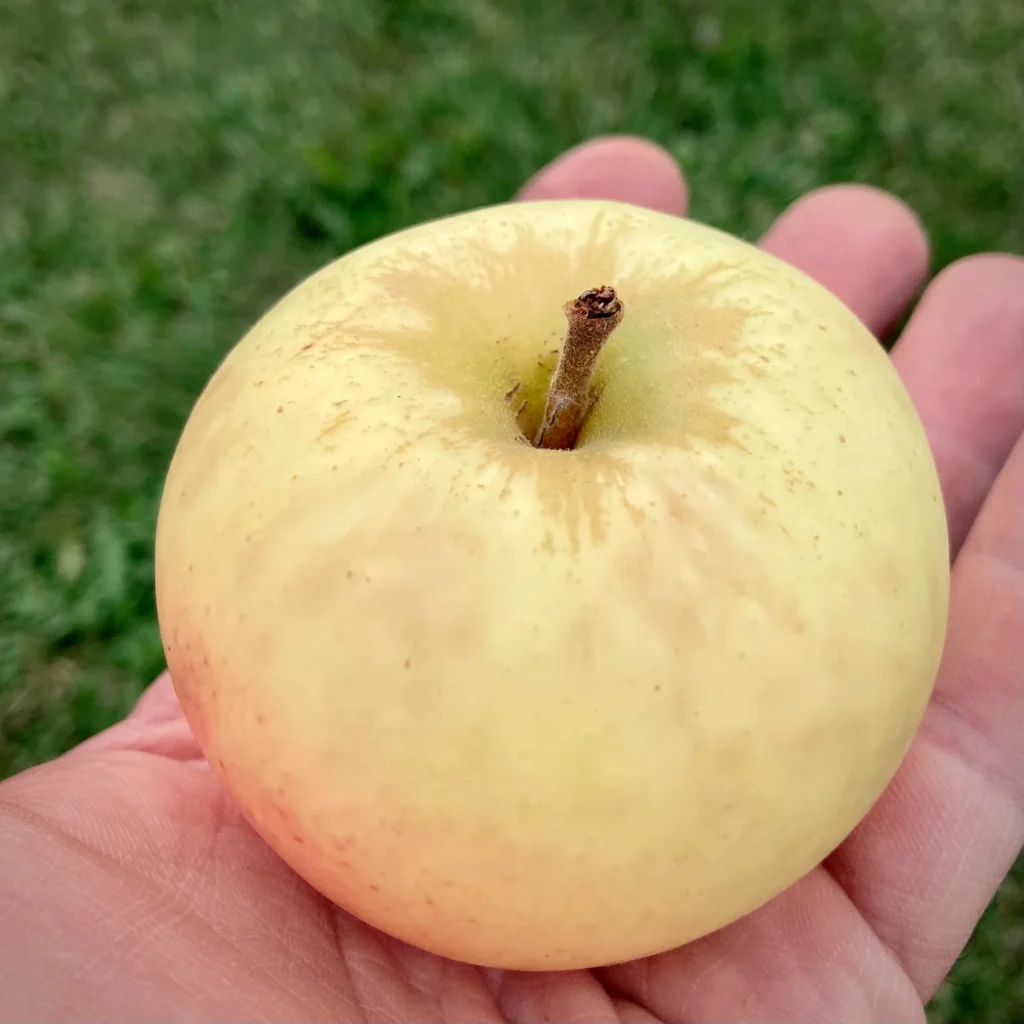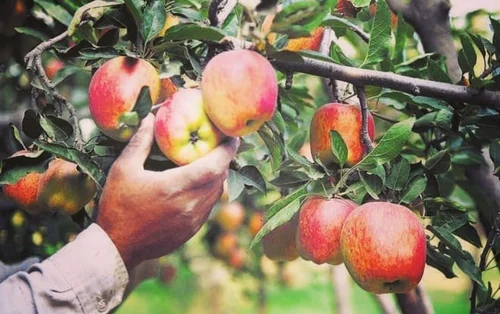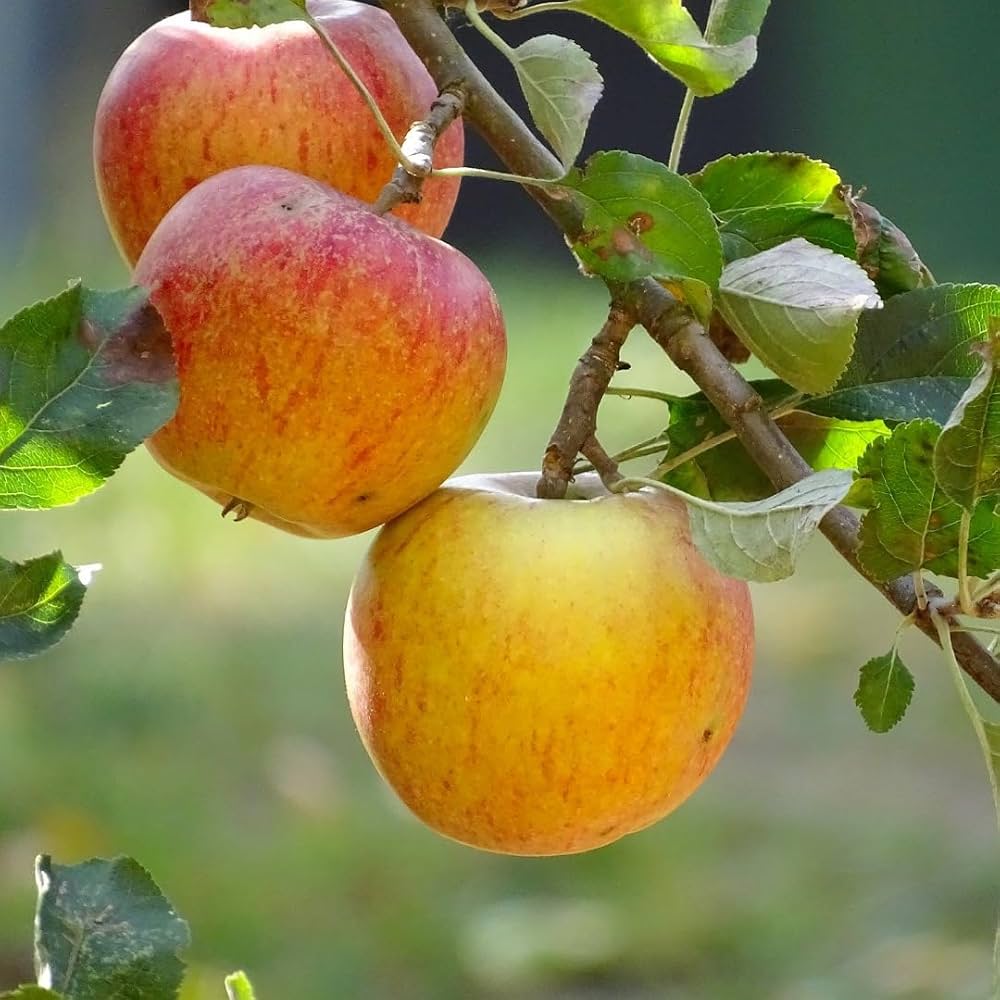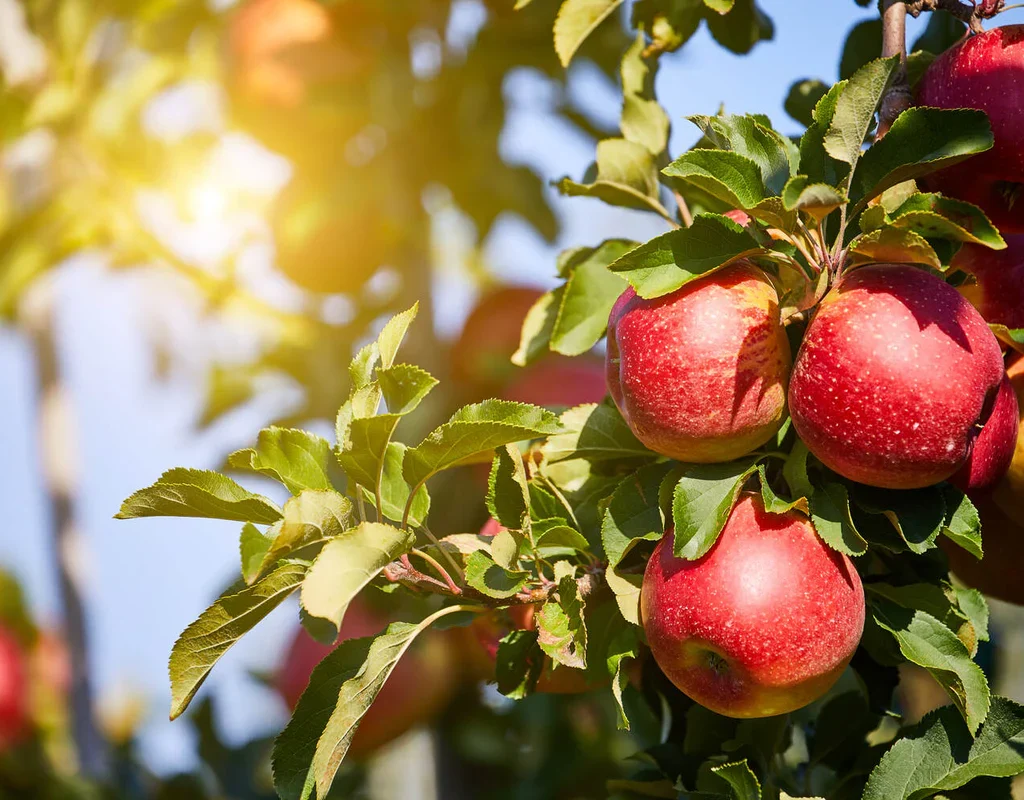When you think of apples, your mind might instantly picture bright red or green fruits hanging from orchard trees in temperate climates. But in the tropical world, there’s a unique, lesser-known fruit affectionately called the Sun Apple — a delicious and health-packed gem that thrives in sunny regions and has been cultivated for generations in tropical countries.
In this article, we’ll explore what the Sun Apple is, where it originated, how it’s cultivated globally, its health benefits, and — most importantly — reveal which country currently stands as the world’s largest Sun Apple producer.
What is a Sun Apple?

The Sun Apple is another name for Ambarella (Spondias dulcis) — a tropical fruit native to Southeast Asia and the Pacific Islands. Known by various names like June Plum, Golden Apple, and Otaheite Apple, this fruit grows on a fast-growing tree that can reach up to 20 meters in height.
Sun Apples are typically oval-shaped, about the size of a plum, with a tough, green skin that turns golden-yellow when ripe. The flesh is crunchy, juicy, and slightly tart when green but turns sweet and mellow as it ripens. Its flavor is often compared to a mix of pineapple and mango, with a hint of apple — which is how it earned the nickname “Sun Apple.”
Origin and Global Spread
The Sun Apple originated in Melanesia and Polynesia, with evidence of cultivation dating back centuries. From its native regions, it spread to Indonesia, Malaysia, the Philippines, and India, before being introduced to the Caribbean, Central America, and tropical parts of Africa during the colonial era.
Thanks to its adaptability, high nutritional value, and culinary versatility, the Sun Apple became popular in many countries with tropical climates. Today, it’s grown widely for both local consumption and export markets.
Top Sun Apple Producing Countries

Although many tropical countries grow Sun Apples, not all of them produce it on a commercial scale. Based on agricultural data, export records, and trade figures from international food trade agencies, the following countries are recognized as significant Sun Apple producers:
- Thailand
- Jamaica
- Indonesia
- Malaysia
- India
- Philippines
- Sri Lanka
- Costa Rica
- Ghana
Among these, one country stands out as the leader — Thailand.
Which Country Is the Largest Sun Apple Producer in the World?
Thailand holds the title of the largest Sun Apple producer in the world.
Why Thailand Leads
Thailand’s dominance in Sun Apple production can be attributed to several factors:
- Ideal Climate: The country’s tropical climate, characterized by high humidity, abundant rainfall, and sunshine throughout the year, creates the perfect environment for Sun Apple trees to flourish.
- Rich Agricultural Heritage: Thailand has a long tradition of fruit cultivation, with established agricultural knowledge, well-managed farms, and support from government initiatives aimed at promoting tropical fruit exports.
- Export Capacity: Thailand isn’t just the largest grower but also the biggest exporter of Sun Apples, with large shipments sent to neighboring Asian countries, Europe, and the Middle East.
- High Domestic Demand: Beyond export markets, Sun Apples are immensely popular in Thailand’s local cuisine — enjoyed fresh, pickled, or incorporated into salads, preserves, and beverages.
Cultivation of Sun Apples in Thailand

Sun Apples are primarily grown in Thailand’s southern and eastern provinces, where farmers cultivate them on both small family farms and commercial plantations.
Growing Conditions:
- Soil: Well-drained sandy loam or clay loam soil.
- Rainfall: 1500–3000 mm annually.
- Temperature: 25°C–35°C (77°F–95°F)
- Harvesting Time: Typically harvested twice a year — early in the rainy season and towards its end.
Thailand’s farmers often intercrop Sun Apple trees with other tropical fruits like mangoes and rambutans to maximize land use and income potential.
Global Market Trends and Export Value
In recent years, the global demand for exotic and healthful fruits has increased dramatically. Sun Apples have gained recognition in international markets for their distinctive taste and nutritional benefits.
Thailand accounts for nearly 20% of global Sun Apple trade, with major export destinations including:
- Singapore
- Malaysia
- Hong Kong
- United Arab Emirates
- United Kingdom
- United States (primarily Florida and Hawaii markets)
Export data from 2023 indicated that Thailand’s Sun Apple exports were valued at over USD 75 million, with annual production estimated at over 350,000 metric tons.
Culinary Uses of Sun Apples

In Thailand and other tropical countries, Sun Apples are cherished for their culinary versatility:
- Eaten fresh: With a sprinkle of chili salt or sugar.
- Pickled: Preserved in brine or spiced vinegar.
- Juices and Smoothies: Combined with lime, ginger, or mint.
- Chutneys and Relishes: Served with spicy dishes.
- Sun Apple Salad (Som Tam Makok): A traditional Thai dish made with shredded Sun Apple, fish sauce, chili, and lime.
Its unique blend of sweetness and tang makes it suitable for both sweet and savory preparations.
Health Benefits of Sun Apples
Sun Apples aren’t just delicious — they’re packed with valuable nutrients and bioactive compounds.
Nutritional Profile (per 100g of fresh fruit)
- Calories: 41 kcal
- Vitamin C: 30 mg (33% RDA)
- Vitamin A: 240 IU
- Potassium: 250 mg
- Calcium: 15 mg
- Iron: 0.6 mg
Health Benefits:
- Boosts immunity due to high Vitamin C content.
- Aids digestion with its fiber and water content.
- Rich in antioxidants that help fight oxidative stress.
- Promotes healthy skin and supports wound healing.
- Supports bone health with calcium and phosphorus.
In many cultures, Sun Apple leaves and bark are also used in traditional medicine to treat fever, sore throat, and digestive issues.
Other Countries in the Sun Apple Market

Though Thailand leads in both production and export, other countries also contribute to the global supply:
- Jamaica: Popular locally as June Plum, used in juices, chutneys, and desserts.
- Indonesia and Malaysia: Widespread cultivation for domestic markets.
- Philippines and India: Grown in home gardens and small farms.
- Costa Rica and Ghana: Emerging producers supplying regional markets.
Conclusion
The Sun Apple is a remarkable tropical fruit with a global presence and growing demand. Among the countries that cultivate this exotic fruit, Thailand stands firmly as the largest producer in the world — thanks to its ideal climate, rich agricultural practices, and efficient export infrastructure.
As interest in healthful, exotic fruits continues to grow, Sun Apples are set to become an increasingly popular choice in international markets, adding a unique tropical flavor to diets around the globe.
Quick Recap:
- Largest Producer: Thailand
- Global Market Share: ~20%
- Primary Growing Regions: Southern and Eastern Thailand
- Uses: Eaten fresh, pickled, juiced, in salads, and preserves
- Key Health Benefits: Immunity boost, antioxidant-rich, digestive aid
If you haven’t tried a Sun Apple yet, it might be time to discover this golden gem of the tropics.





